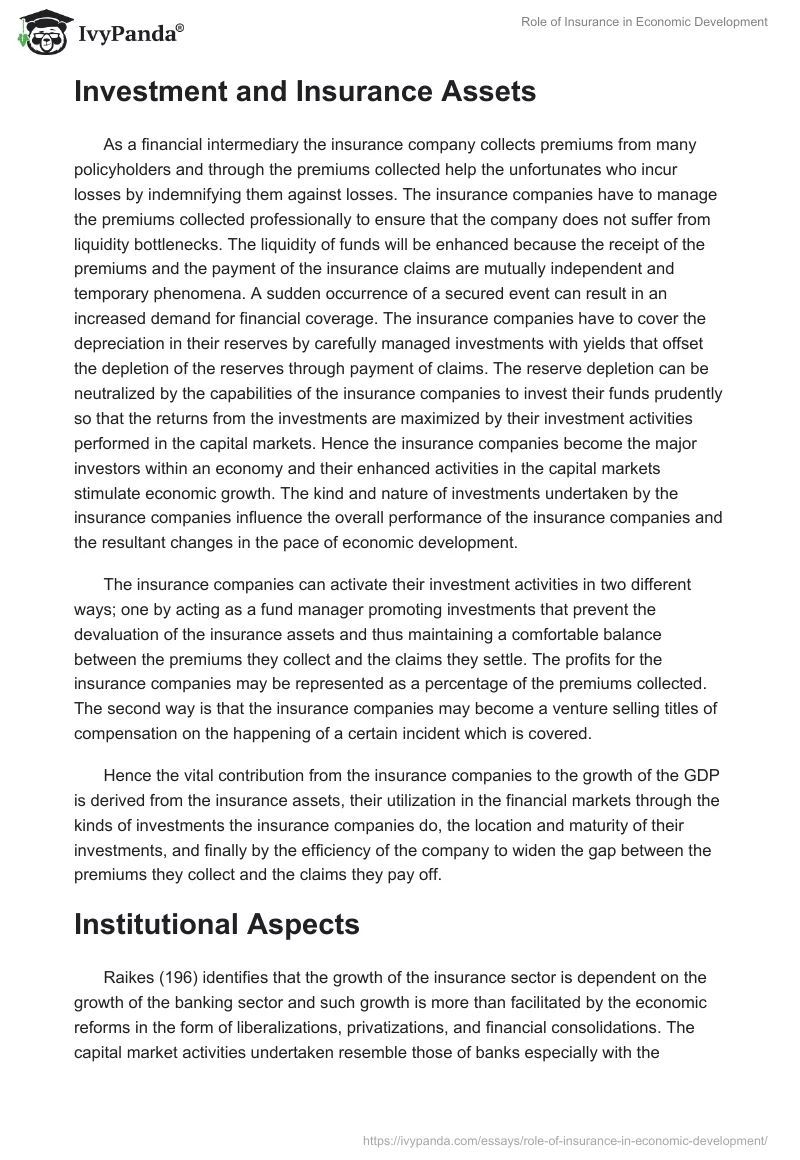Top Guidelines Of Pacific Prime
Top Guidelines Of Pacific Prime
Blog Article
An Unbiased View of Pacific Prime
Table of ContentsThe Basic Principles Of Pacific Prime The Single Strategy To Use For Pacific PrimeUnknown Facts About Pacific PrimeSome Ideas on Pacific Prime You Should KnowThe 8-Second Trick For Pacific Prime

This is due to the fact that the information were gathered for a period of solid financial performance. Of the estimated 42 million individuals that were without insurance, almost regarding 420,000 (concerning 1 percent) were under 65 years of age, the age at which most Americans come to be qualified for Medicare; 32 million were adults in between ages 18 and 65, around 19 percent of all grownups in this age; and 10 million were children under 18 years old, regarding 13.9 percent of all kids (Mills, 2000).
These quotes of the number of individuals uninsured are created from the annual March Supplement to the Current Population Survey (CPS), performed by the Census Bureau. Unless or else noted, nationwide price quotes of individuals without medical insurance and percentages of the populace with various type of protection are based on the CPS, one of the most extensively made use of source of quotes of insurance coverage and uninsurance prices.
Some Known Details About Pacific Prime

Still, the CPS is specifically beneficial since it produces yearly estimates relatively swiftly, reporting the previous year's insurance coverage approximates each September, and since it is the basis for a constant collection of price quotes for more than 20 years, enabling analysis of trends in protection over time. For these reasons, as well as the comprehensive usage of the CPS in other researches of insurance protection that exist in this report, we count on CPS estimates, with constraints kept in mind.

The estimate of the variety of uninsured people increases when a population's insurance policy condition is tracked for several years. Over a three-year period starting early in 1993, 72 million individuals, 29 percent of the united state populace, lacked protection for at least one month. Within a solitary year (1994 ), 53 million individuals experienced at least a month without coverage (Bennefield, 1998a)
Six out of every ten uninsured grownups are themselves used. Working does boost the possibility that one and one's household participants will certainly have insurance coverage, it is not an assurance. Also members of households with 2 full-time wage earners have almost a one-in-ten chance of view it being uninsured (9.1 percent without insurance rate) (Hoffman and Pohl, 2000).
A Biased View of Pacific Prime
New immigrants represent a significant percentage of people without medical insurance. One evaluation has actually associated a substantial section of the recent growth in the dimension of the U.S. without insurance populace to immigrants who showed up in the country between 1994 and 1998 (Camarota and Edwards, 2000). Current immigrants (those who pertained to the United States within the previous 4 years) do have a high rate of being without insurance (46 percent), yet they and their kids represent simply 6 percent of those without insurance across the country (Holahan et al., 2001).
The partnership in between medical insurance and access to care is well established, as documented later on in this chapter. Although the relationship in between wellness insurance coverage and health outcomes is neither straight nor basic, a substantial clinical and health and wellness services study literature web links wellness insurance protection to improved access to care, far better high quality, and enhanced personal and populace health and wellness standing.
Degrees of analysis for analyzing the impacts of uninsurance. This discussion of medical insurance coverage focuses largely on the U.S. populace under age 65 due to the fact that practically all Americans 65 and older have Medicare or various other public insurance coverage. Furthermore, it focuses specifically on those without any medical insurance for any kind of size of time.
6 Simple Techniques For Pacific Prime
The issues encountered by the underinsured are in some respects comparable to those faced by the without insurance, although they are usually less extreme. Health and wellness insurance policy, nevertheless, is neither necessary nor sufficient to gain accessibility to clinical solutions. The independent and straight effect of health and wellness insurance policy protection on accessibility to health solutions is well established.
Others will certainly acquire the healthcare they need even without health insurance, by spending for it out of pocket or seeking it from service providers that provide treatment free or at highly subsidized rates. For still others, medical insurance alone does not make sure receipt of care as a result of other nonfinancial barriers, such as a lack of healthcare suppliers in their community, limited access to transportation, illiteracy, or linguistic and cultural differences.
Our Pacific Prime Statements
Official research study regarding without insurance populaces in the United States dates to the late 1920s and early 1930s when the Board on the Expense of Healthcare generated a series of reports about financing physician workplace visits and hospital stays. This concern came to be prominent as the numbers of clinically indigent climbed up throughout the Great Depression.
Report this page